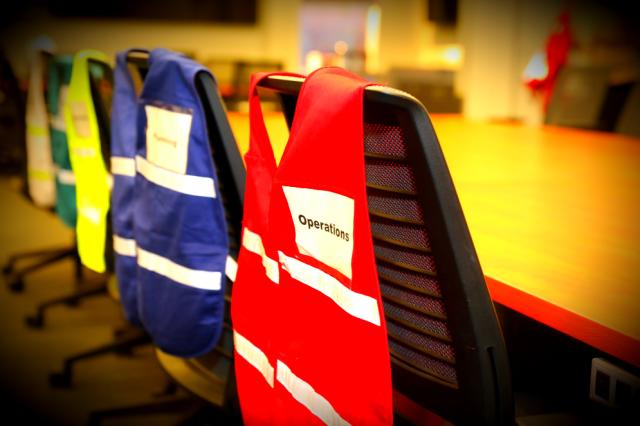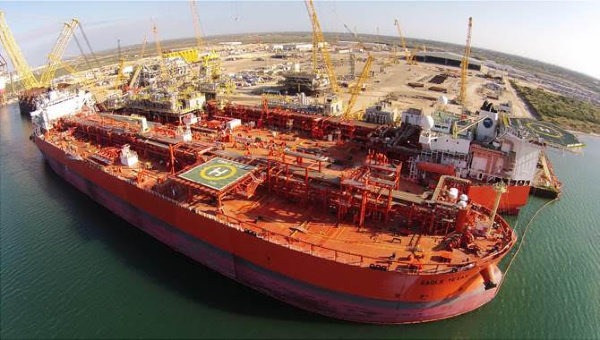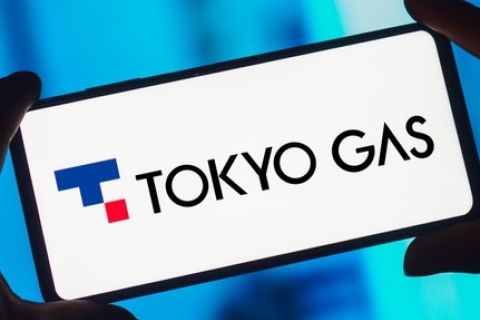
The MWCC team participates in more than 50 exercises and trainings over the course of a year to maintain response readiness. (Source: MWCC)
In the decade following the Deepwater Horizon disaster, several safety measures and strict regulations were put in place, including the creation of the Bureau of Safety and Environmental Enforcement.
However, another major effort by the offshore industry in response to the largest offshore oil spill in U.S. history was the establishment of the Marine Well Containment Co. (MWCC)—an emergency response organization, which is equipped to be continuously ready to respond to a deepwater well control incident in the Gulf of Mexico (GoM).
“Our sole focus is to cap a blowout in the deepwater Gulf of Mexico, if such an incident happens again,” David Nickerson, CEO of MWCC, told Hart Energy.
In April 2010, BP-operated drilling rig Deepwater Horizon exploded in the GoM, killing 11 men and injuring 17 other crew members. Despite rigorous efforts to stem the flow of oil from the ruptured undersea well, the catastrophic incident spilled 3.19 MMbbl of oil into the Gulf, contaminating coastal marshes and beaches, poisoning marine animals and causing billions of dollars in damage.
MWCC was established in July 2010, when several oil majors including Royal Dutch Shell Plc, Chevron Corp., ConocoPhillips Co. and Exxon Mobil Corp. recognized the need to develop a new containment response capability following the Deepwater Horizon incident.
The company introduced its Interim Containment System (ICS) in February 2011 and has worked on enhancing its system over the years, including equipment updates to handle deeper depths, and higher temperatures and pressures.
According to Nickerson, MWCC has equipment designed to reach depths of up to 10,000 feet to contain and seal off a compromised well. The company’s Containment System now includes two Modular Capture Vessels (MCVs), enhanced Subsea Umbilical, Risers and Flowlines (SURF) equipment, capping stacks and additional ancillary equipment.

At MWCC’s facility near Corpus Christi, Texas, there are five capping stacks sitting in a gravel yard. The MCVs have a combined capacity to capture up to 100,000 barrels of oil and flare up to 200 MMscf/d of gas, which is enough oil to fuel more than three million cars, Nickerson said.
Well capping
MWCC is equipped with five capping stacks to contain the flow of oil in case of a spill. Each capping stack is capable of operating in depths up to 10,000 feet of water. MWCC has one capping stack that can seal off a well at up to 20,000 psi of pressure and at temperatures as high as 400 F. According to MWCC, the capping stacks have been engineered to attach to a variety of locations on a compromised well, such as at the marine riser adaptor, the top of the BOP, and directly on top of a wellhead or secured onto the well casing.
If for some reason, crews are unable to stop the oil spill with a capping stack, MWCC has a fleet of equipment such as top hats and Riser Insertion Tube Tools that can collect up to 15,000 barrels of well fluids per day.
In addition to the equipment, MWCC is prepared to create a closed loop system to contain well fluids using extended flowback equipment to combat a situation where a well cannot be capped.
Subsea dispersant
In case of an oil spill, MWCC will deploy and inject dispersant at rates approved by the EPA using dispersant injection equipment to break up oil at the wellhead, which limits the collection of well fluids at the surface of the water.
MWCC owns two sets of equipment for dispersant application—a Subsea Dispersant Injection System (SDIS) and a Subsea Autonomous Dispersant Injection System (SADI).
While the SDIS method uses dispersant pumped from a marine vessel on the surface through a system of flexible piping to an applicator positioned at the release point, the SADI System releases dispersant through a series of pre-filled bladders. Additionally, the SADI System was specifically engineered to operate automatically from the seafloor, which is especially useful during hurricane season, Nickerson said.
Response during pandemic
Several weeks ago, when the first indication of the virus hit offshore, MWCC activated its Business Continuity Team (BCT) to full Incident Command Mode to monitor the evolving situation. The BCT meets each day to discuss how the situation and climate have continued to evolve, while continuously tracking the health status within and around MWCC’s headquarters and the two shore base locations.
The BCT is also maintaining a register of new and emerging issues and actively strategizing to provide resources and solutions to meet current needs and to continuously reconfirm MWCC’s readiness to emergency situations.
Recommended Reading
Marketed: KJ Energy Operated Portfolio in East Texas
2024-04-16 - KJ Energy has retained TenOaks Energy Advisors for the sale of its operated portfolio located in East Texas.
DXP Enterprises Buys Water Service Company Kappe Associates
2024-02-06 - DXP Enterprise’s purchase of Kappe, a water and wastewater company, adds scale to DXP’s national water management profile.
ARM Energy Sells Minority Stake in Natgas Marketer to Tokyo Gas
2024-02-06 - Tokyo Gas America Ltd. purchased a stake in the new firm, ARM Energy Trading LLC, one of the largest private physical gas marketers in North America.
California Resources Corp., Aera Energy to Combine in $2.1B Merger
2024-02-07 - The announced combination between California Resources and Aera Energy comes one year after Exxon and Shell closed the sale of Aera to a German asset manager for $4 billion.
Vital Energy Again Ups Interest in Acquired Permian Assets
2024-02-06 - Vital Energy added even more working interests in Permian Basin assets acquired from Henry Energy LP last year at a purchase price discounted versus recent deals, an analyst said.




